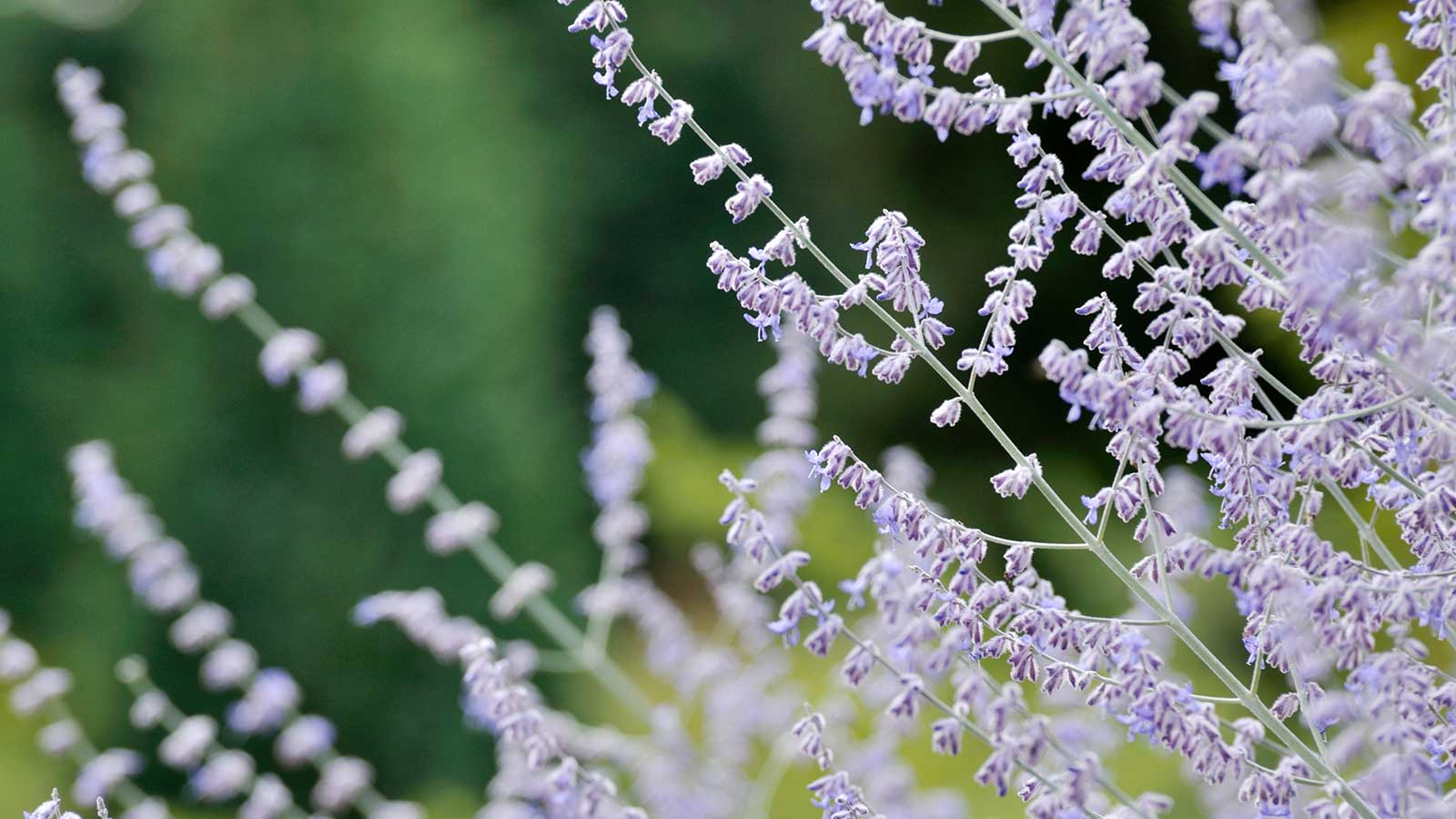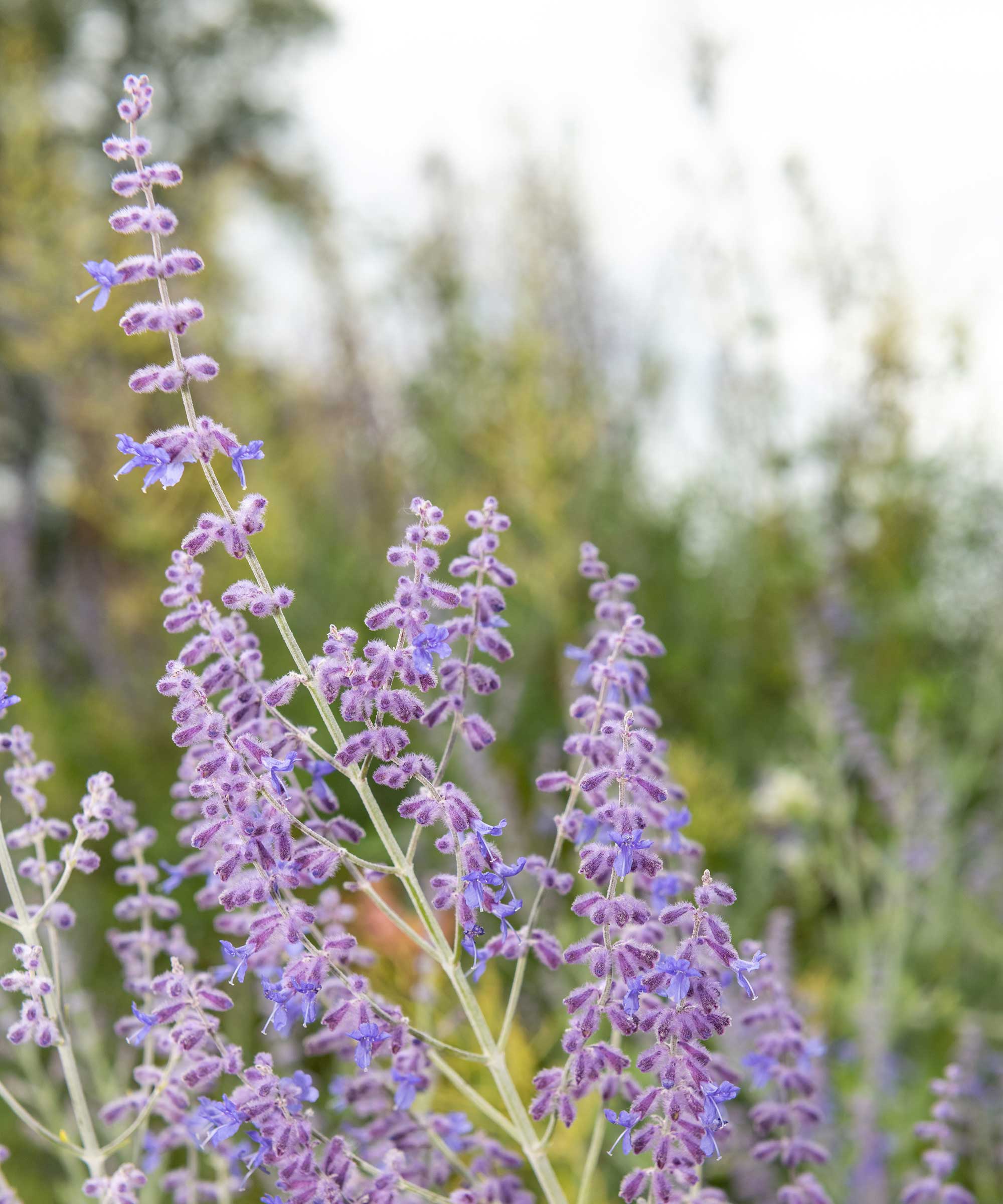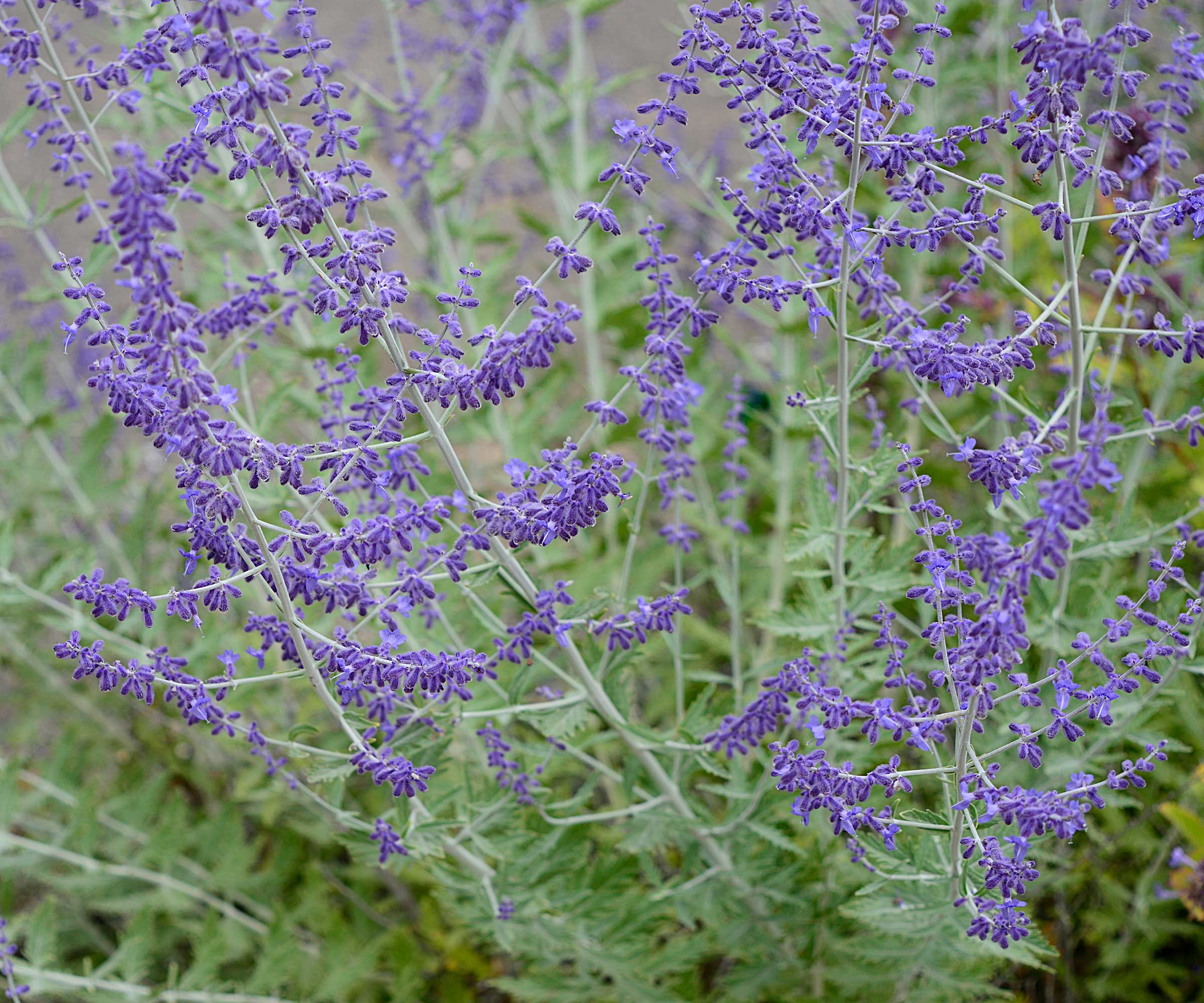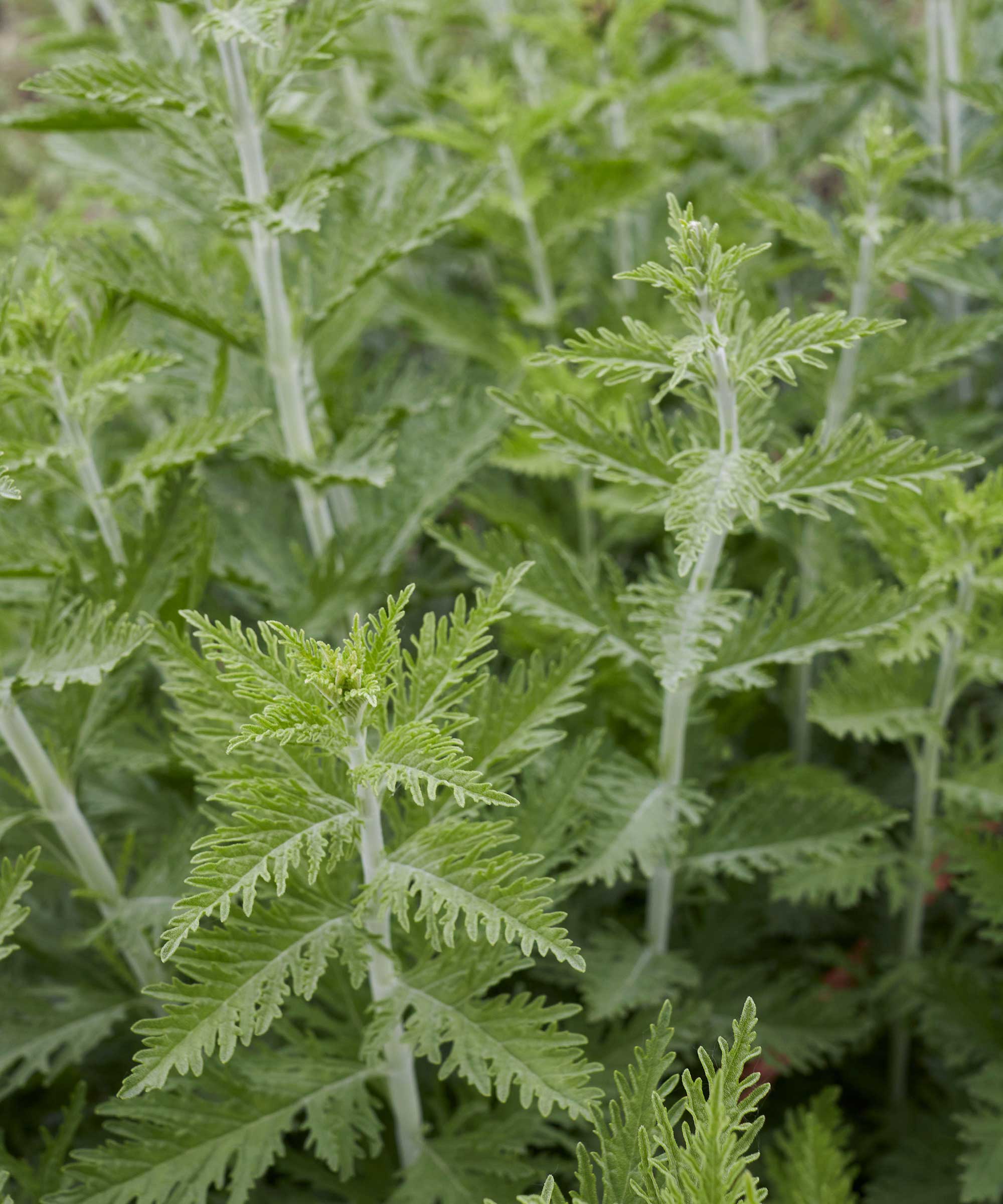
Q: I have an established Russian sage in my front yard. I love its vibrant purple flowers just as much as visiting bees and butterflies do, and I'd like to grow a few more around my backyard patio. Is it possible to propagate my existing plant, to save having to buy new ones?
A: Russian sage (Salvia yangii) is indeed a great plant for pollinators. And, as it's drought-tolerant and deer-resistant, it's easy to look after, too, flowering year after year if conditions are right.
There are a couple of ways to propagate these summer bloomers: by taking plant cuttings and by dividing the plants. Below, you'll find plenty of expert tips on both approaches, including step-by-step instructions.

Two ways to propagate Russian sage to expand your plant collection
Whichever propagation method you choose, remember to ensure the final planting location for your new plants is suitable. Plenty of sun and well-draining soil is a must for Russian sage to thrive.
How to propagate Russian sage by dividing the plants

Dividing these perennials is quick and straightforward, with instant results.
According to Brock Ingham of Bigger Garden, it's best to divide Russian sage in early spring as new growth begins, or in the fall after flowering has ended. He shares his step-by-step tips below.
- Start by carefully digging up the entire plant, being gentle with the roots.
- Once the plant is out of the ground, use a sharp spade or knife to divide the root ball into sections, making sure each section has several stems and a healthy portion of roots.
- Replant each division in a prepared spot in your garden, spacing them out to give the plants plenty of room to grow. Water them well after planting to help them settle in.
Besides giving you new plants for free, dividing Russian sage has another benefit. Anna Ohler, owner of Bright Lane Gardens nursery, explains that it often rejuvenates older plants, encouraging new growth. Because of this, it's particularly helpful if you have a large, aging clump of Russian sage that is not as healthy as it has been in previous years.
Top tip: Avoid dividing Russian sage during warm weather; this can stress the plant, Brock warns.
This well-rated knife has a sharp, stainless steel blade, making it ideal for dividing up plants. It can be used for weeding, too.
How to propagate Russian sage by taking cuttings

Brock recommends taking cuttings of Russian sage in late spring to early summer, when the plant is actively growing but hasn’t flowered yet. If you decide to do it in late spring, you may wish to cut back your Russian sage at the same time.
- Take a cutting that is about four to six inches long from a new, healthy stem. 'Using clean, sharp scissors or pruning shears, cut just below a leaf node,' Brock says.
- 'Once you’ve got your cutting, remove the lower leaves, leaving just a few at the top,' Brock continues. To help encourage root development, he suggests dipping the cut end in rooting hormone powder or gel. Alternatively, Janice Cox, a National Garden Bureau member and author of Natural Beauty from the Garden (from Ogden Publications), says you can use raw honey.
- Next, Brock advises planting your cutting into a small pot filled with a well-draining potting mix, then watering it lightly. Covering it with a plastic bag will help to maintain humidity. 'Keep the pot in a warm, bright spot, but out of direct sunlight.' Water your cutting occasionally to keep the soil moist.
Roots should begin to form in three to six weeks – you can give the cutting a gentle tug to check for resistance. 'Once they’re well-established, the new plant can be transplanted into the garden or a larger pot,' Brock says.
Top tip: Janice points out that not all cuttings will take root, so make sure you take more than you need.
Dip the ends of your Russian sage cuttings into this popular rooting powder to stimulate quick growth.
FAQs
Which is the best method for propagating Russian sage?
There are a few pros and cons of each method, so pick the approach that works best for you.
By propagating Russian sage via cuttings, you can create lots of new plants from a single mature one, notes Brock Ingham of Bigger Garden. However, not all of them will take root, and it does require a bit of patience and attention, he says.
Dividing Russian sage is great if you want to give older plants a new lease of life. Plus, Brock notes that it generally has a higher success rate compared to propagation via cuttings. On the downside, he highlights how it's more labor-intensive, and the number of new plants you can create is limited by the size of the original plant.
Can you propagate Russian sage cuttings in water?
Janice Cox, a National Garden Bureau member says, 'Some people also have luck rooting cuttings in water, but I have found this takes a bit longer.'
The benefit of propagating cuttings in water is you can see the roots grow. Once a good system has established, you can transplant it into soil. If you want to give it a go, remember to change the water frequently so it stays clean, and avoid making the common water propagation mistakes.
There are lots of other plants that can be propagated at home. Our guides on how to propagate zinnias from cuttings and how to propagate chrysanthemums are full of practical advice to help you fill your yard with more flowers for free.







